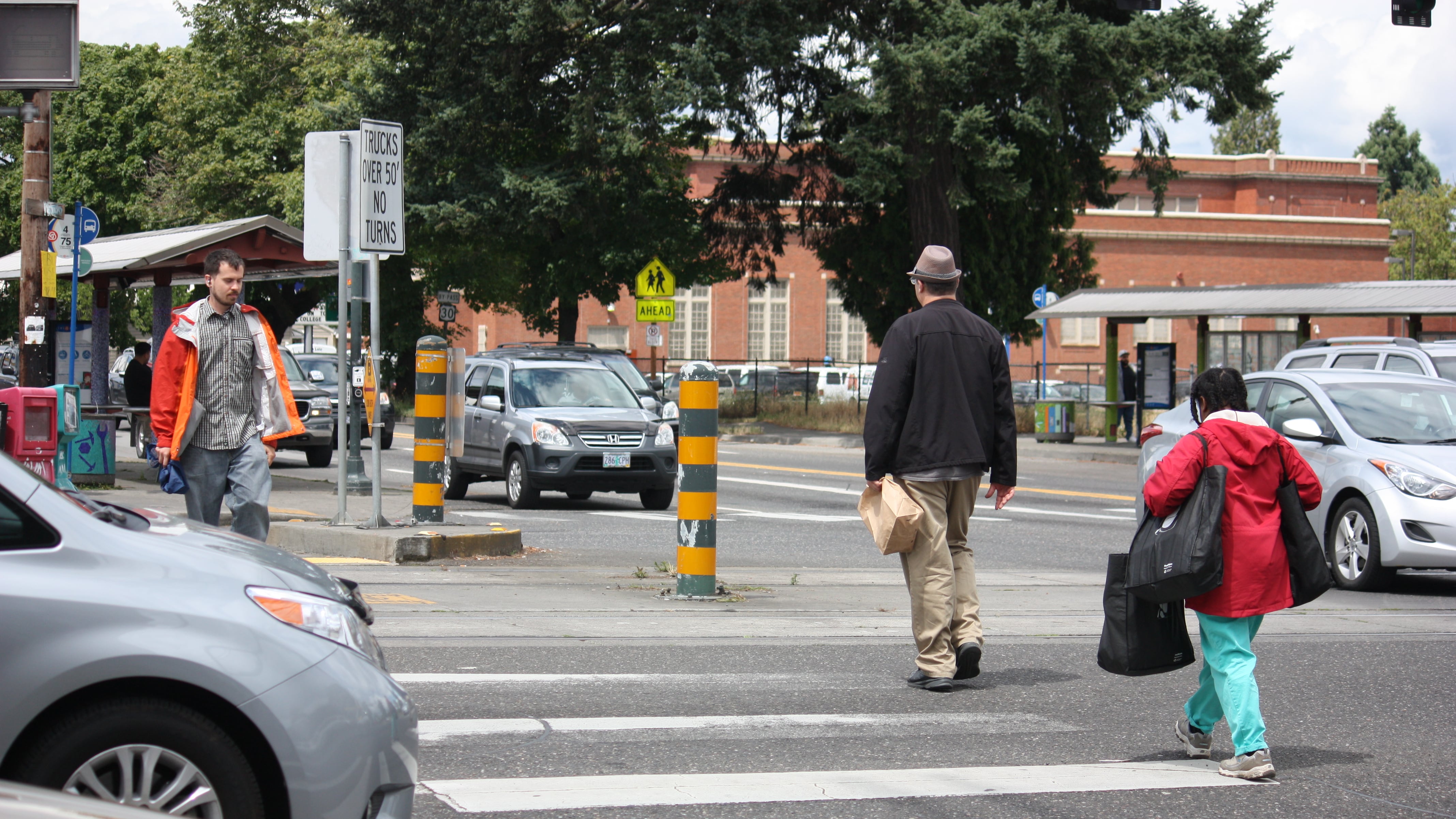Recently, I was nearly run over by an oblivious driver. Ecological considerations aside, wouldn't I personally be safer if I chose to drive instead of walk? Or should I consider my willingness to be a pedestrian fatality statistic the best way to serve my city?—E.P.
Your question, E., balances the narrow self-interest of the individual against the greater good of society in a way that might be well-illuminated by Kant's concept of the Categorical Imperative. That said, I'm probably not the best person to explore that with you, given that I barely remembered to write a column at all this week.
Indeed, it's this kind of thing that makes me wonder whether I might actually be in some kind of institution, with a journalistic "career" that consists of scribbling phrases like "DOOKIE! LOL" on paper towels and having passionate arguments about comma placement with a fire extinguisher.
In any case, you're correct in your suspicion that, mile for mile, you are more likely to meet with a fatal accident while walking than while driving—but it's still not very likely.
Also, before we start slagging on pedestrian travel as a George Romero-esque bloodbath, we should note that walking brings benefits that mitigate its risks. A study published in the BMJ found that people who walked six miles a week reduced their risk of dying from heart disease by 36 percent.
But back to the bloodbath: Generalized statistics for the Western world show about one accidental death for every 17 million pedestrian miles traveled. The figure for motorists is around 200 million miles, so driving is, in this sense, a little over 10 times safer.
However, the average pedestrian's speed is only around 2.8 mph. The average motorist's speed—as in the total number of miles traveled per hour behind the wheel, including traffic, stoplights, pulling over to screw around with your phone, etc.—is surprisingly difficult to find, but it doesn't strain credulity to imagine a figure on the order of 25 to 30 miles per hour, if not more. Thus, in terms of chance of dying per hour spent traveling, driving versus walking is probably very close to a wash.
Of course, airline travel—even on Delta—leaves both of these in the dust. The moral of the story: If you have a chance to catch a commercial flight to the liquor store, ditch the land travel and take it.

